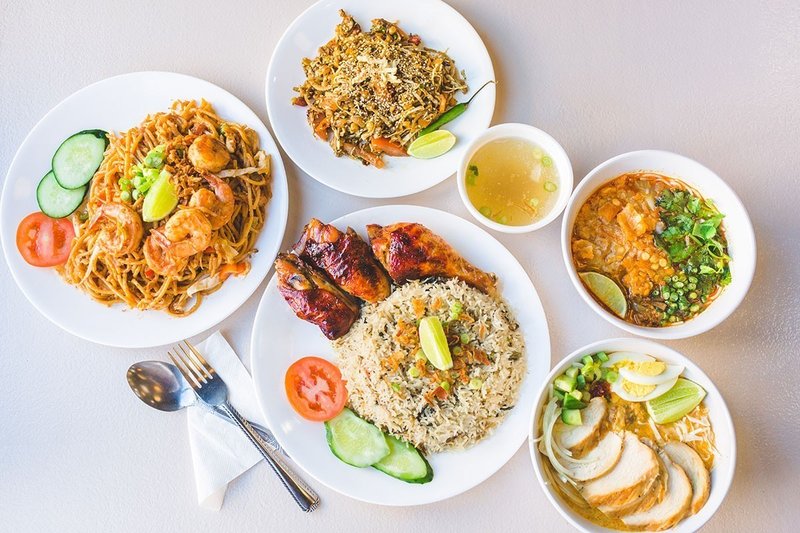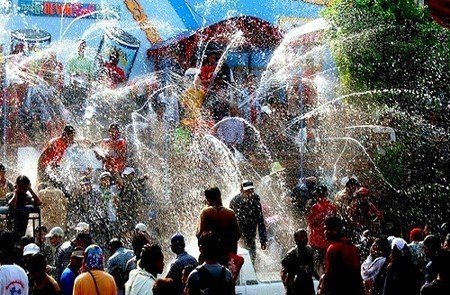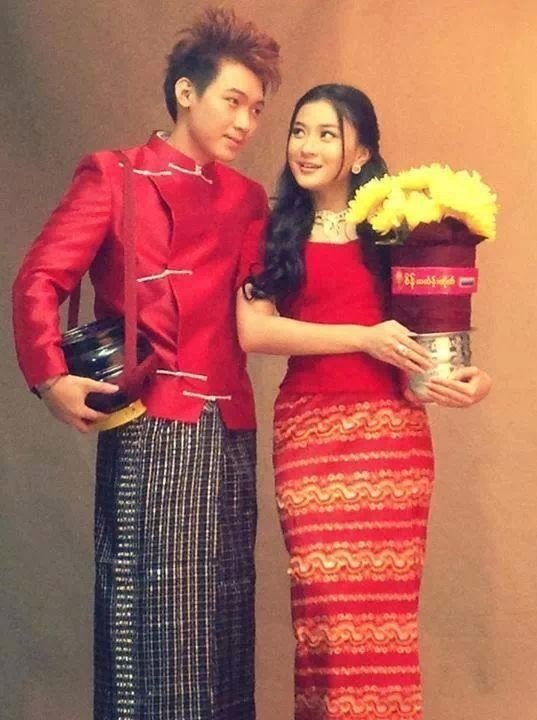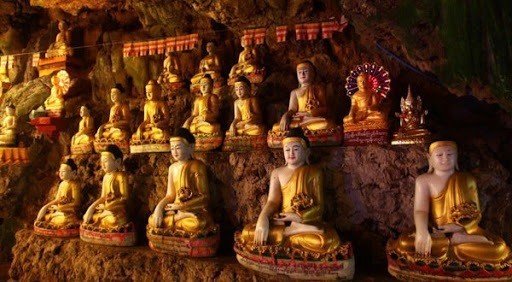
BURMESE CULTURE:
The culture of Myanmar, also known as Burma, has been influenced a lot by Buddhism. Burmese culture has also been influenced by other countries. In more recent times, British culture and more in general other western cultures have influenced aspects of Burmese culture, like language and education.
CUSTOMS:
The traditional Burmese greeting is mingalaba, from pali maṅgala and can be translated as 'auspiciousness/good things to you'.Saying hi with the words "Have you eaten?", in the original language “htamin sa pi bi la” and "How are you?", “Nei kaung la” are common. "Hello" is also a popular way of saying hi nowadays, but this is usually said when answering the phone.
LANGUAGE:
The Burmese language usually uses words in connection to people’s age. The use of honorifics before personal names is normal, and it is not good to call a person by their name without the honorific. Only if people know each other from when they were children is not a problem. Young boys are called Maung or Ko, and it means little brother, and older or senior men as U which means little uncle. Young girls are called Ma, that means little sister, and older women as Daw, that means little aunt. 'Aunty' or 'Uncle' is also used as a name to call people by. Older people are spoken to in a more respectful way and special words are used for speaking to Buddhist monks.
FOOD:
Burmese food has been influenced by Indian, Chinese and Thai cooking. It is not really known around the world and can have a little bit of a spicy taste. Usually there will be several meat curries, a soup, steamed rice and a sauce of fish, together with vegetables.Fish sauce and shrimp paste are commonly used ingredients, but Burmese cuisine also uses a lot of chickpeas, lentils and tamarind, to give a sour flavour.
Ethnic foods, like Shan cooking, are also very famous in Burma, as are Indian and Chinese foods. The national dish is mohinga, rice noodles in a fish soup. Salads, especially laphet thoke, that is a salad of pickled tea leaves, are also popular foods. The Burmese eat with their fingers, but they will also use knives and forks or chopsticks, especially in towns and cities. Indian breads like paratha and naan or rice noodles are also eaten with something else, together with rice.

FESTIVALS:
There are twelve months in the Burmese calendar, and twelve festivals. Most of the festivals are connected to Burmese Buddhism and in any town or village the local paya pwè or pagoda festival is the most important one.
The most well-known festival is Thingyan, a four-day celebration of the Lunar New Year. This festival is done before the Burmese New Year, the first day of Tagu which is in April. It is similar to other Southeast Asian New Year festivals like Songkran, Cambodian New Year, Sinhalese New Year and Lao New Year, and people will have water fights with one another.
The Festival of Light also known locally as Thadingyut, starts soon after Phaung Daw U. Locals light candles, lamps, and lanterns and use them as decorations in religious buildings to celebrate the return of Buddha back to earth.

CLOTHES:
The longyi is the most common traditional dress and people wear it every day. This is a large cloth that looks like a sarong that men and women can wear. Males tie the front in a knot that can be seen and the ladies will hide it. The only things that will be different are the decorations and how people wear it. A man’s longyi has a simple checked pattern on a dark cloth, but girl’s ones have more colour.
People usually will wear sandals or flip-flops. Also people going to the office or a more formal and professional place will wear a longyi with a shirt.
Traditional clothes for formal occasions, like national events and weddings are a bit different. Men wear a longchy that’s similar to a longyi with a formal shirt. Women will wear a thummy. This is similar to the traditional clothes that can be seen in Thailand.

RELIGION:
Burma has many religions. There is no official religion, but people will practice Theravada Buddhism. Bamar people also practice the Burmese folk religion under the name of Buddhism. The new constitution gives freedom of religion; but there are also many exceptions that can make the regime take away these rights. Some people follow Christianity, particularly the Chin, Kachin and Karen people. Also people who follow Islam can be seen around the country, particularly the Rohingya, Malays, and others, and some people practice Hinduism, particularly by Burmese Indians. Nat worship is also common in Myanmar. Nats are spirits and shrines that can be seen around the country alone, or as part of Buddhist temples. Nat worship has a relationship with Myanmar Buddhism.

